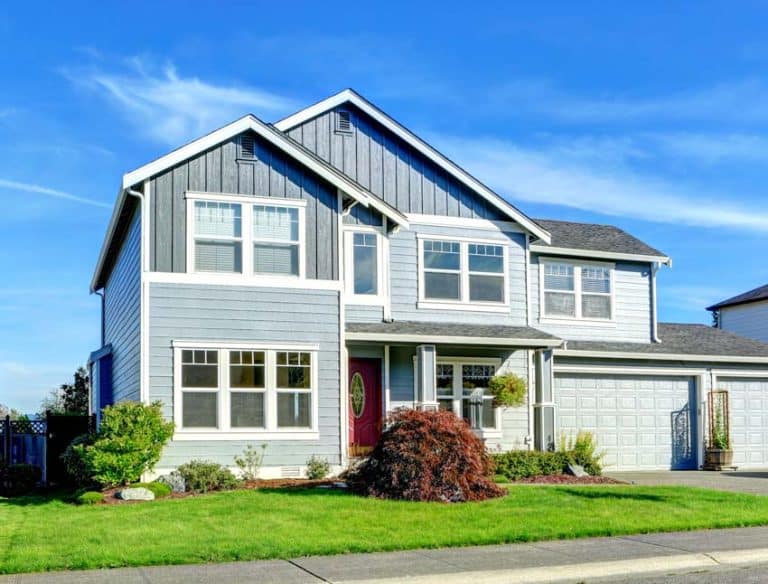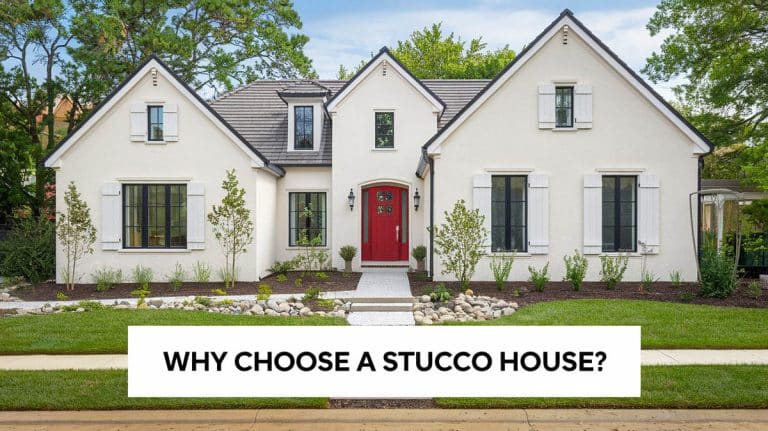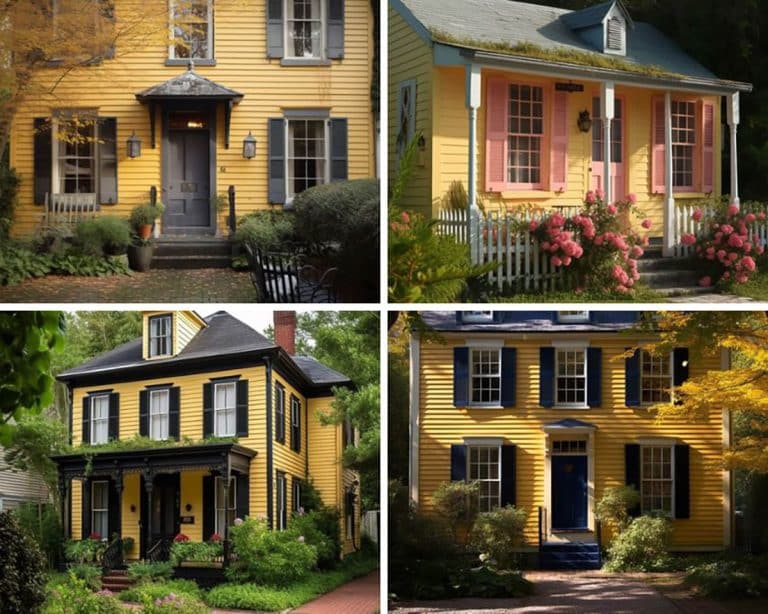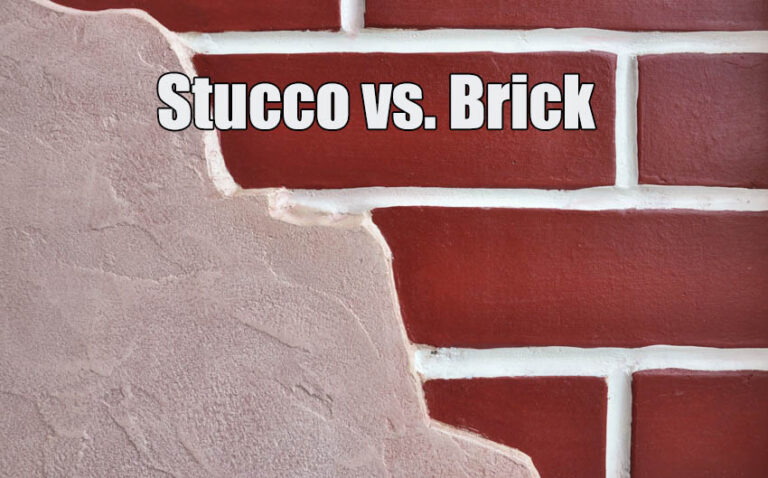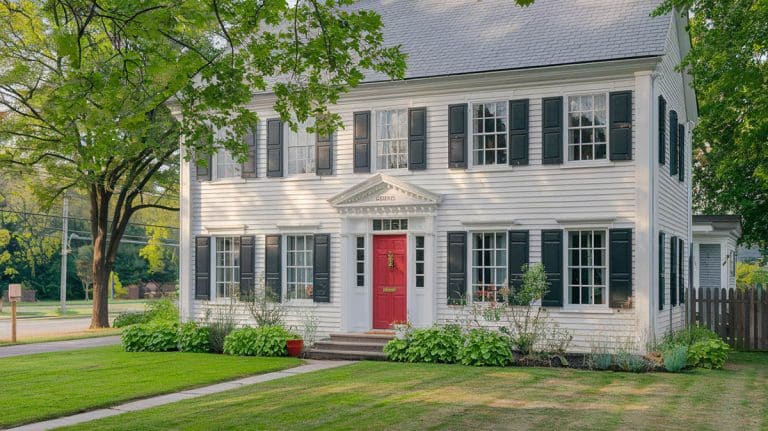Barrel Tile Roof (Spanish & Mission Styles)
Here’s our guide about barrel tile roof designs including cost, what it’s made of, durability, colors, maintenance and a comparison between an S-tile and A barrel tile type.
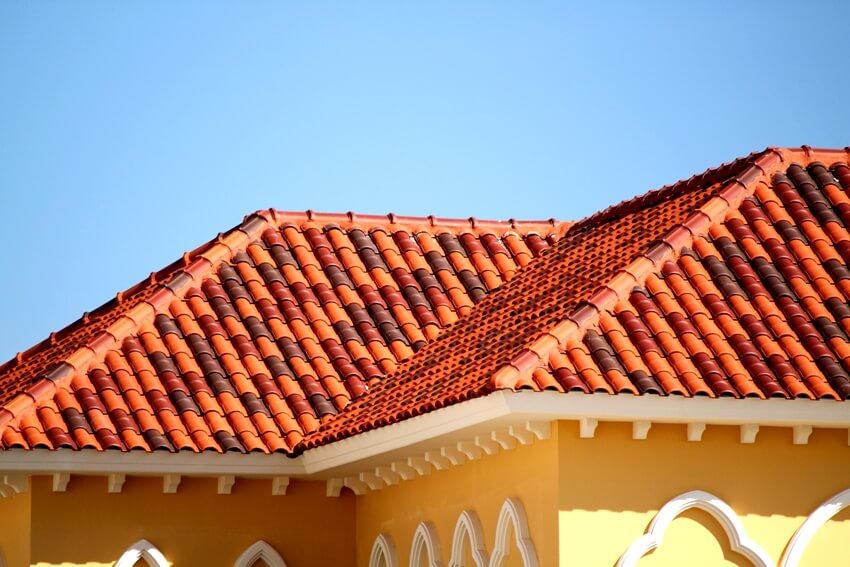
Your roof should be resistant to violent wind, especially during a storm. It should also withstand constant water exposure, endure powerful impacts, and be fireproof.
Among these high-resistance roofing materials are tiles. But these come in different shapes and styles, like a barrel tile roof or sometimes called a monk and nun tile roof.
Let’s take a closer look at what barrel tile roof offers, considering its material, lifespan, cost, and maintenance.
What Is A Barrel Tile Roof?
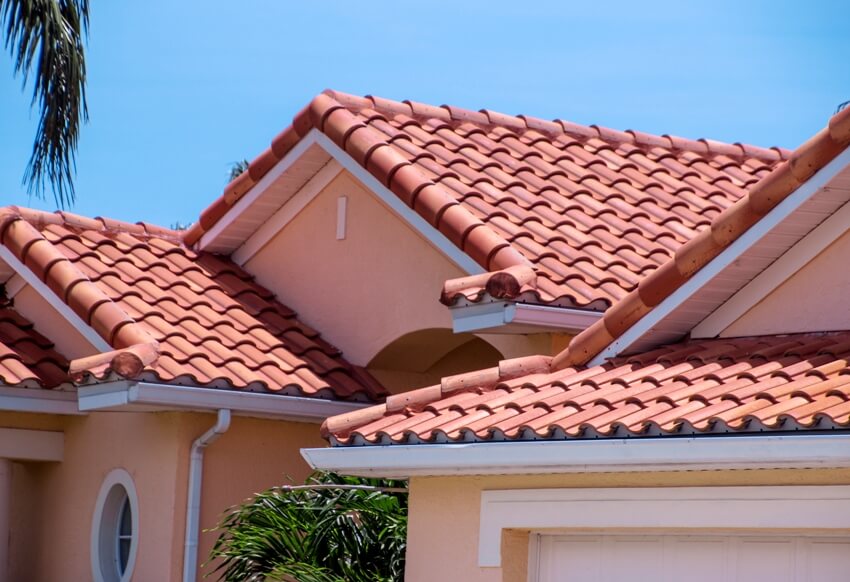
In a nutshell, a barrel tile roof is one of the many tile roofing styles that interlock semi-cylindrical tiles on top of each other. The tiles lay alternately concave and convex to achieve a roof lined with curvy columns.
Other tile roofing styles include Scandia tiles, Pantile tiles, Spanish and French clay tiles. They vary in shape and patterns, with some that are ribbed, have wider curves, or are inverted. See roof types for more ideas. These differences result in a range of roof looks or designs.
What Are Barrel Tiles Made Of
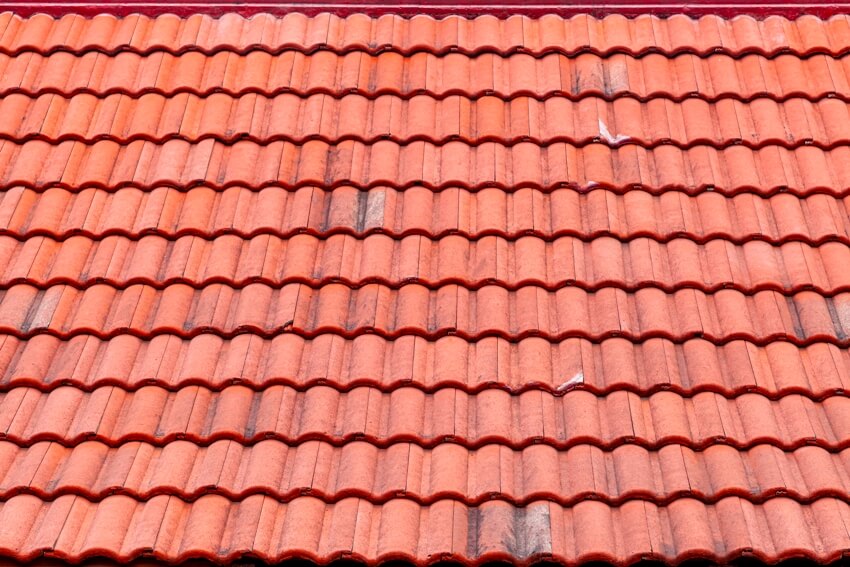
With clay tiles existing for centuries, they have proven their durability with a Class 4 high rating in impact resistance. They are also eco-friendly and are easy to form.
To produce barrel tiles, workers craft the clay over the curve of a log, creating a half barrel-like shape.
However, clay tiles can be heavy, weighing between 788 to 1,780lbs per square. They are also expensive and fragile if stepped on.
Through innovation, there are synthetic barrel tiles that are lightweight, affordable, and have different grades.
What Is The Lifespan Of A Barrel Tile Roof?
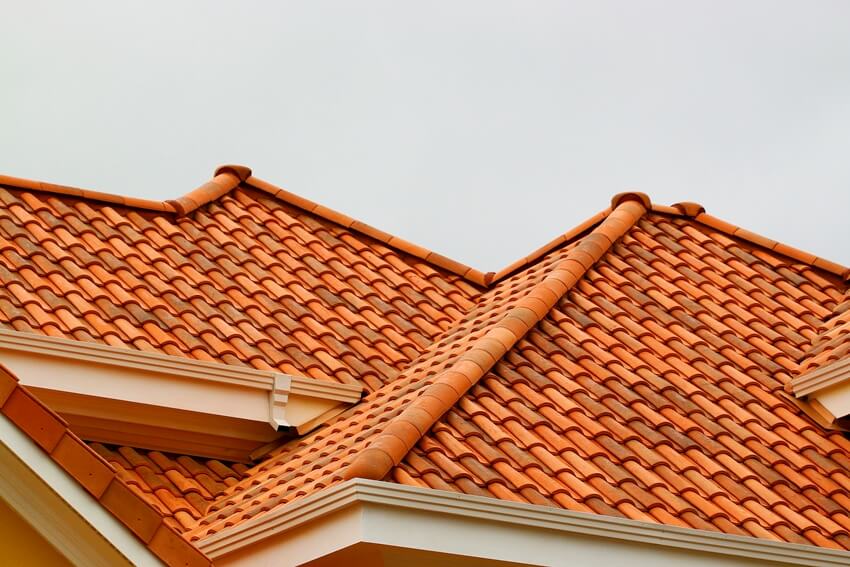
Weather can have a significant impact, too, especially if you live in a place that experiences multiple storms or extreme heat. Regular upkeep of your roofing system can go a long way to extend its longevity.
Barrel Tile Roof Colors
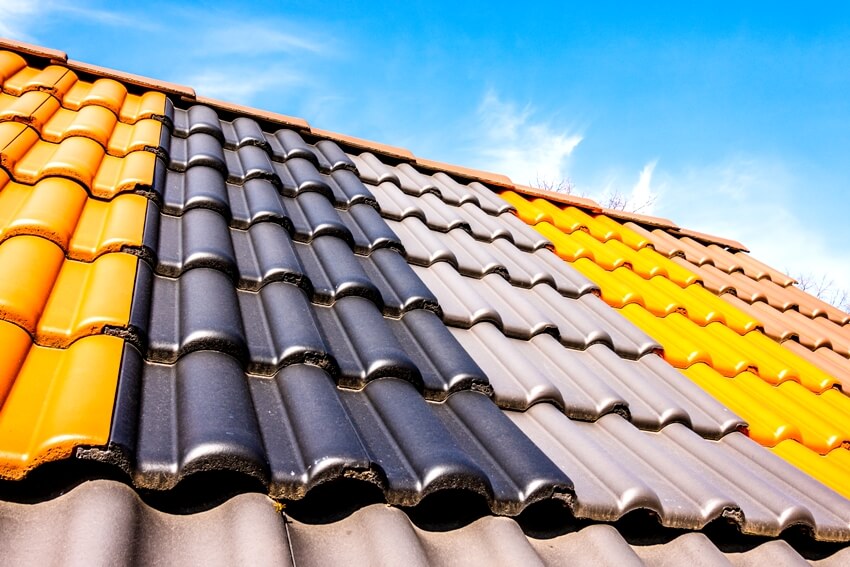
But with synthetic materials, barrel tile roof colors can range in multiple hues of peach, brown, orange, gold, and charcoal, to name a few.
You can even customize them and combine colors if you’d like. Do note that available colors may vary from one supplier to another, so shop around. Check ou guide to the best matching siding and roof colors.
Can You Paint A Barrel Tile Roof?
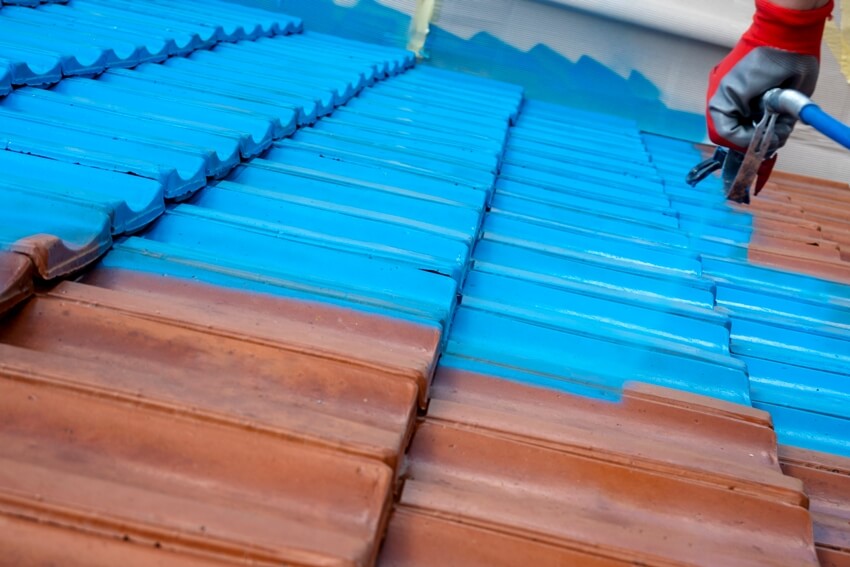
But if the color fades or you intend to alter the color of your barrel tile roof completely, then painting is your next option.
Since clay tiles are already glazed, the paint will not adhere and may cause more damage. But other barrel tile materials can be painted with proper preparation, from cleaning to applying primer, for the paint to adhere.
How Much Does A Barrel Tile Roof Cost?
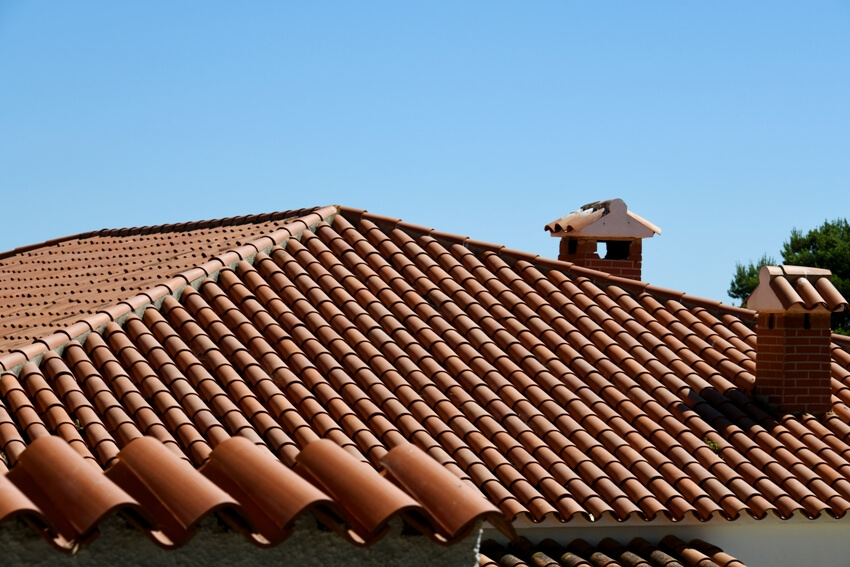
They also require very little to no maintenance and weigh less at around 250lbs per square, saving you from altering your roof structure to accommodate the weight of the tiles.
Other factors, like the overall quality of the barrel tiles in terms of impact, fireproof, and moisture resistance grade, affect the pricing.
What Is The Difference Between An S-tile And A Barrel tile?
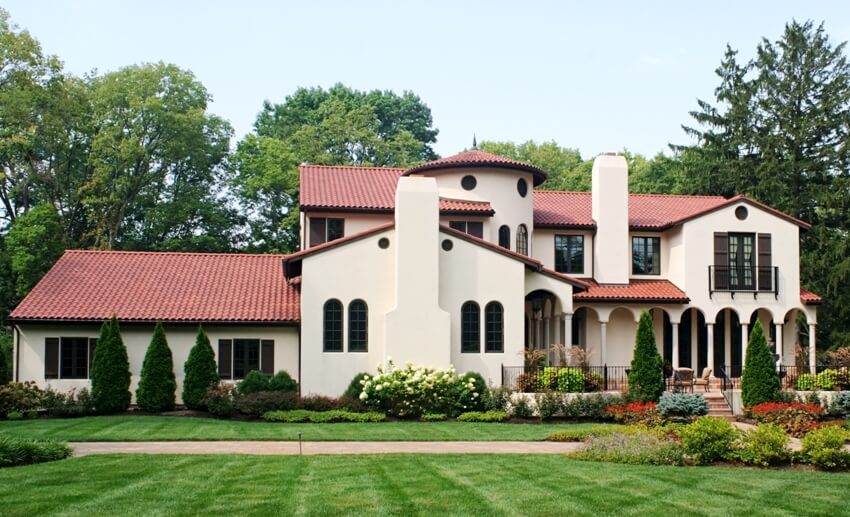
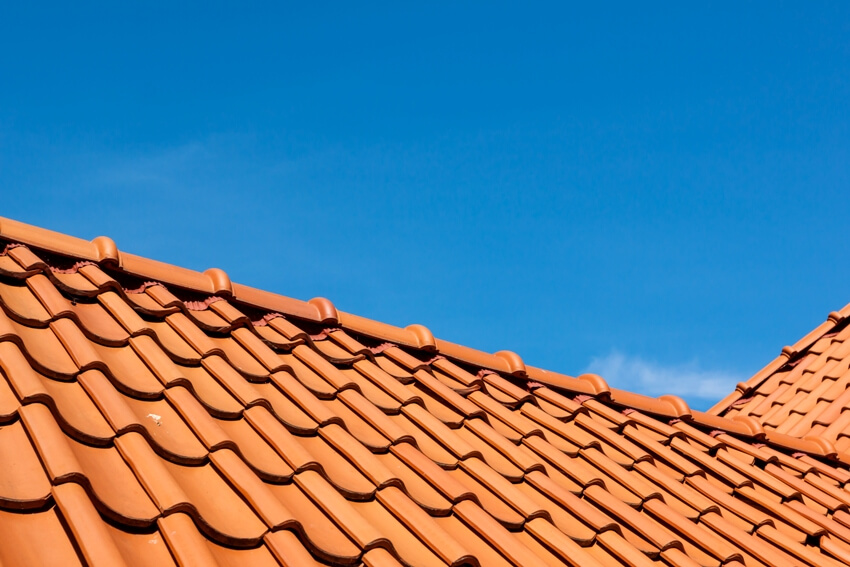
How to Seal A Barrel Tile Roof
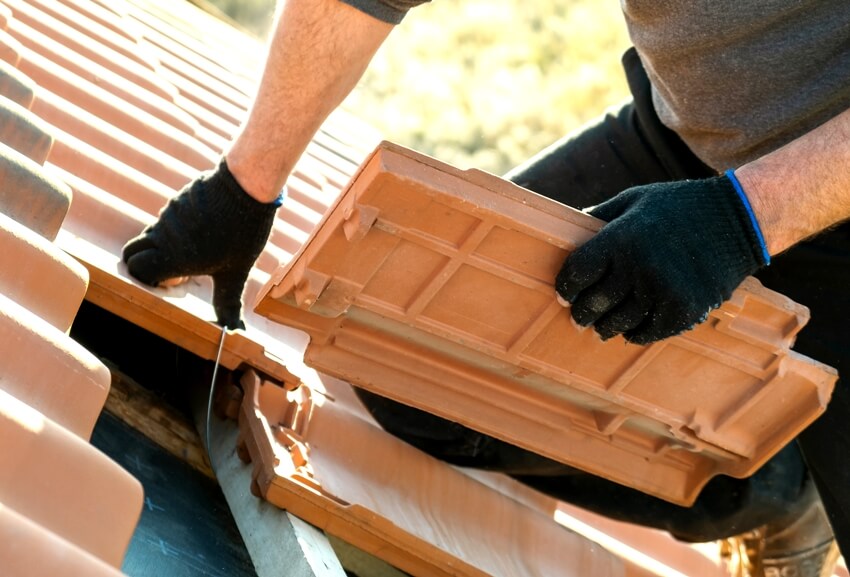
Before sealing your tile, you need to power wash your roof to remove any dirt and debris. Replace broken tiles with new ones, too. After the tiles are completely dry, apply a roof sealant. Use a penetrating waterproof roof sealer for optimum results.
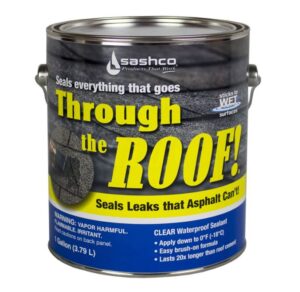
Whenever you go on your roof, remember to step in between the tiles to prevent damaging them.
Barrel Tile Roof Leak Repair
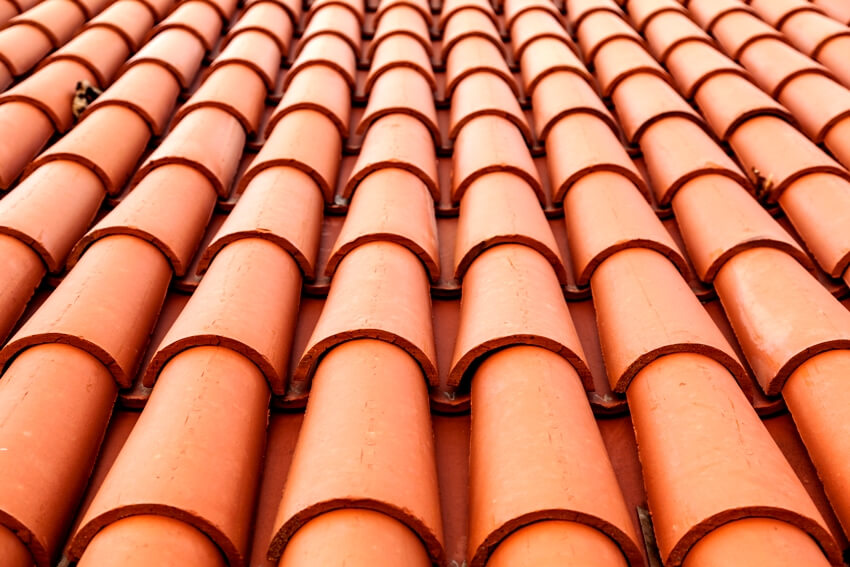
The latter is a temporary solution and may suffice for small cracks. However, it is still best to replace them when you can with a similar tile. It is also crucial that they are slotted in position perfectly to secure them.
If tile roofs are not for you, you can check out our articles on black roof shingles and other roof shingle types.


